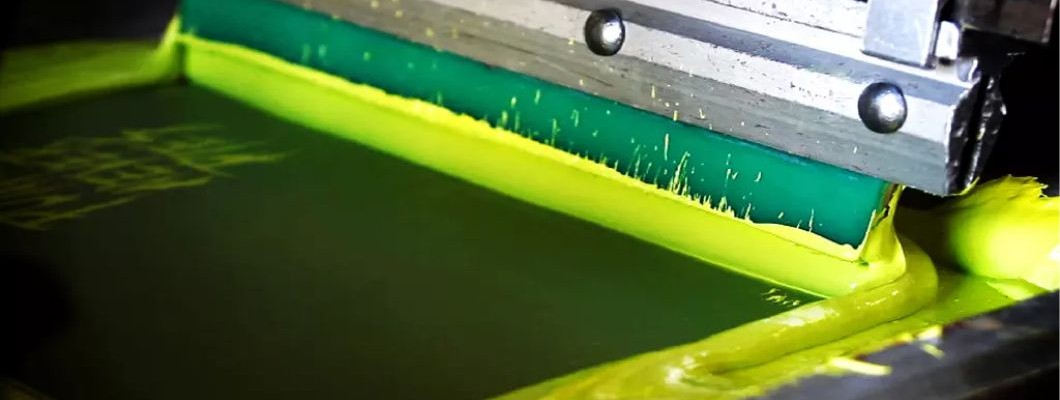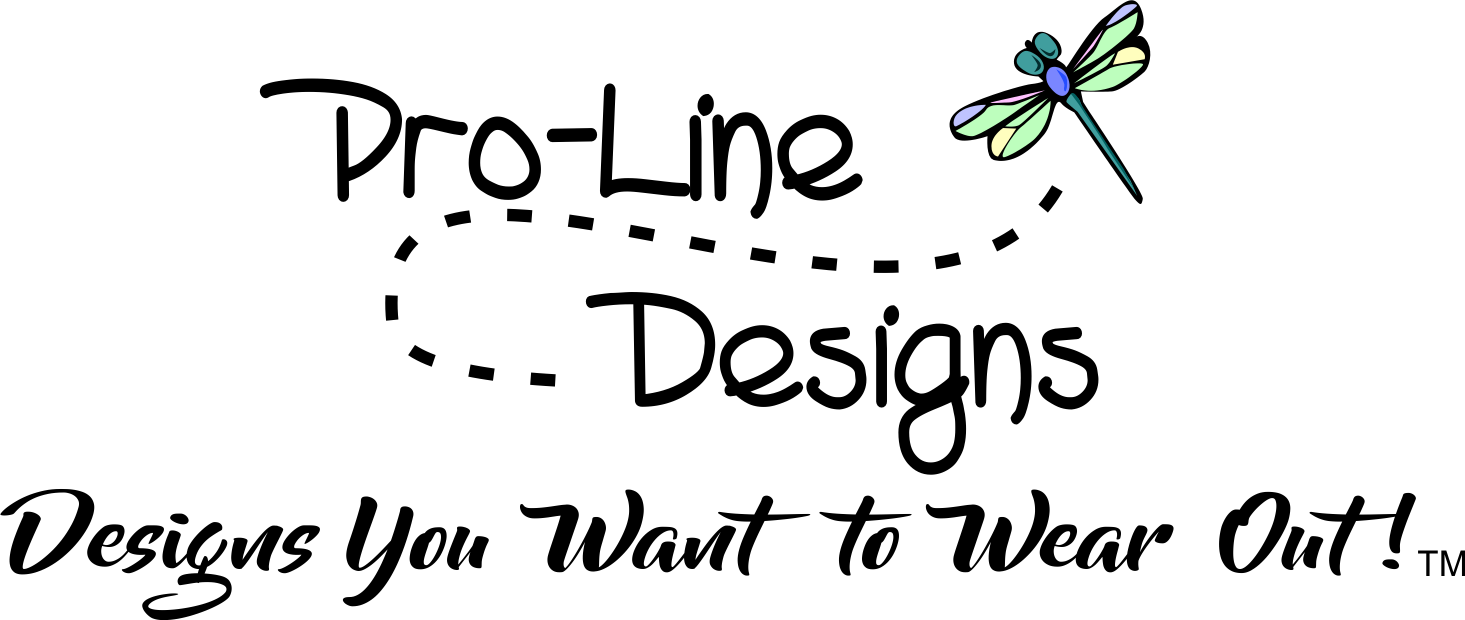
WHAT IS SCREEN PRINTING?

Screen printing, also known as silk screening or silk screen printing, is the technique of using a stencil or “screen” to print inks directly to the surface of a garment. This method is the most cost effective way to reproduce the same image on multiple piece runs.
We offer different types of screen
printing:
STANDARD PLASTISOL:
Why Plastisol is Still the Best Screen
Printing Ink?
Since
its inception in the 70s, plastisol ink has revolutionized the screen printing
industry. It has become the industry standard since then, all thanks to its
ability to create the glossy and permanent finish. Plastisol ink is one of the
most durable and Best Screen Printing Ink options in the market.
It
Creates Vibrant Prints
Plastisol ink creates vivid and vibrant
prints that other ink can’t produce. Even with darker colour substrates, it
creates a vivid print. Unlike water-based and discharge inks, it layers on top
of the substrate rather than absorbing it to the fabric so you can create
bright and solid prints on any substrate.One of the questions we frequently get
when discussing sublimation is a fairly simple one “What can you sublimate?” The
answer, the basic one, is fairly simple too, anything made of polyester fabric or with a
poly coating.
Suitable
for all Additives
You can use various kinds of additives
with plastisol ink, so you can modify it to accommodate any look you want on
your t-shirt for all screen printing job. You can use reducers to thin out the
ink and make it easier to print with. To get a lighter feel you can use
soft-hand additives. You could even use glitter, suede, and puff to get special
effects on your t-shirt prints.
Today, it produces one of the most durable and bright prints and possesses easy-to-work-with properties. For its many benefits, experts conclude that it is going to stay in the screen printing industry for a long time.

WATERBASED:
Water based ink uses a water borne system
that is eco-friendly and has an ultra-soft feel. This is because the ink
actually gets absorbed into the fabric. The resulting soft hand is achieved without
plastic and resins, making it more safe and compliant for our Earth and
Environment.
If you want a graphic printed on a T-Shirt
and want it to feel super soft and breathable, water-based is the way to go.
Water-based inks are incredibly soft, smooth, and cannot be felt on the shirts
surface. We highly recommend water-based screen printing for that high end
vintage t-shirt look & feel. It is the standard for private clothing lines
& retail-able t-shirt ventures because of the comfort and wear-ability that
people often find in their favorite shirt.
Water-based inks have best results on cotton garments, but have varying yet awesome end results on other fabric types like 50/50 & 60/40 and other blended fabrics.
WATERBASED
DISCHARGE:
Discharge inks have all the same attributes
as water-based inks, except they have a t-shirt dye removing capability when heat
activated. Discharge uses a chemical
that removes the dye from the garment exposing the raw fabric. Similar to Water
Based inks, the result allows you to achieve a soft hand.
Discharge ink is specially formulated for
printing on dark shirts colors. When used , these inks can remove the original
shirt color. Alone that effect gives your design a vintage look. Add a dye to the discharge ink and the fabric
takes on the desired ink color simultaneously. This will make your light
colored inks feel like they are imbedded into the shirt fabric, when printing
on dark colored garments.
Not every color combination or fabric type will work with discharge inks so be sure to ask us about the details before you place your order.

PUFF
PRINTING:
Puff printing is a tried-and-true special
effect that can help you create eye-catching designs that stand out from the pack,
adding extra dimension to your print. Puff
ink isn’t really an ink in and of itself: It’s an additive. The puff additive
is stirred into your plastisol ink before printing. It prints flat, then
“puffs” when it reaches around 320 degrees Fahrenheit, generally during a trip
down the belt of a conveyor dryer.
With contemporary designs, using puff ink
is more about adding an interesting accent to an overall design rather than
creating a full-on 3D statement. Some creative uses of puff ink include:
• Highlighting one element.
One of the most common uses of puff ink is creating one raised element in an
otherwise flat design. Some examples include bright red lips on a black shirt,
a basketball or football in a sports logo or tire tracks on a racing shirt.
• Making text. Another option
is to print your text in puff ink. This can make an event or brand name stand
out of a larger image. On an all-text garment, puff ink can be used as a
highlight to the text or as an outlined layer of text.
• Accenting a graphic. Make
a graphic pop by using puff ink for one color in design. The puff ink will add
depth and texture to the overall graphic, transforming a regular screen print
from a flat image into an interesting piece of artwork.
• Adding all-over texture.
While the days of printing every color in puff ink are gone, some printers
enjoy using a puff underbase to give the entire graphic some texture. You can
change the effect by printing puffed dots, puffed square or other puffed shapes
as your underbase then printing in your desired colors over them.
Puff additive doesn’t work well when
screen printing fine detail. Some of the detail of your print will be lost when
your ink puffs up.
Puff additive can create interest to your designs, and it can add another option for our customers, allowing them to further customize their images.

GLOW
IN THE DARK:
Glow in the Dark ink creates a glowing
effect in the dark when charged by light.
Special chemicals called phosphors are mixed into the ink causing it to
absorb energy and re-emit it as visible light. They are best when used on white
or light-colored fabrics.
Glow in the Dark cannot be applied to seams, or collars. Because of the phosphorescence nature of this ink, the final print will have a slight color cast. Printing Glow in the Dark over other colors may slightly shift color.

GLITTER:
Glitter describes an assortment of very
small, flat, and reflective particles. When these particles are applied to
surfaces, they each reflect light in different angles causing the surface to
sparkle or glitter. Glitter is similar to, but smaller than confetti or
sequins.
Because of the small particles in the ink,
fine lines and details will not print cleanly.

We are constantly researching the market for the latest trends to provide you with cutting edge techniques and options for your graphic t-shirt needs. Give us a call to see how we can help you with your next project.

6 Comment(s)
I enjoyed reading this. Well-written and informative.\r\nThanks for sharing this informative post.
Great article! I thoroughly enjoyed reading your article and it provides a fresh perspective. \r\nI particularly liked your point about the importance of individual actions
The author did an exceptional job of presenting the information in a clear and concise manner, making it easy to follow along
This blog post is an absolute gem! I was captivated by the writer\'s engaging style and the way they effortlessly conveyed their ideas
Wow, what a fantastic article! I thoroughly enjoyed reading it from start to finish.\r\nThe author did an exceptional job of presenting the information in a clear and concise manner, making it easy to follow along
Zing Apparel offers you premium leather jackets and bags with finest cuts and vogue collection in fair prices to evoke the feeling of luxury and class.
Leave a Comment